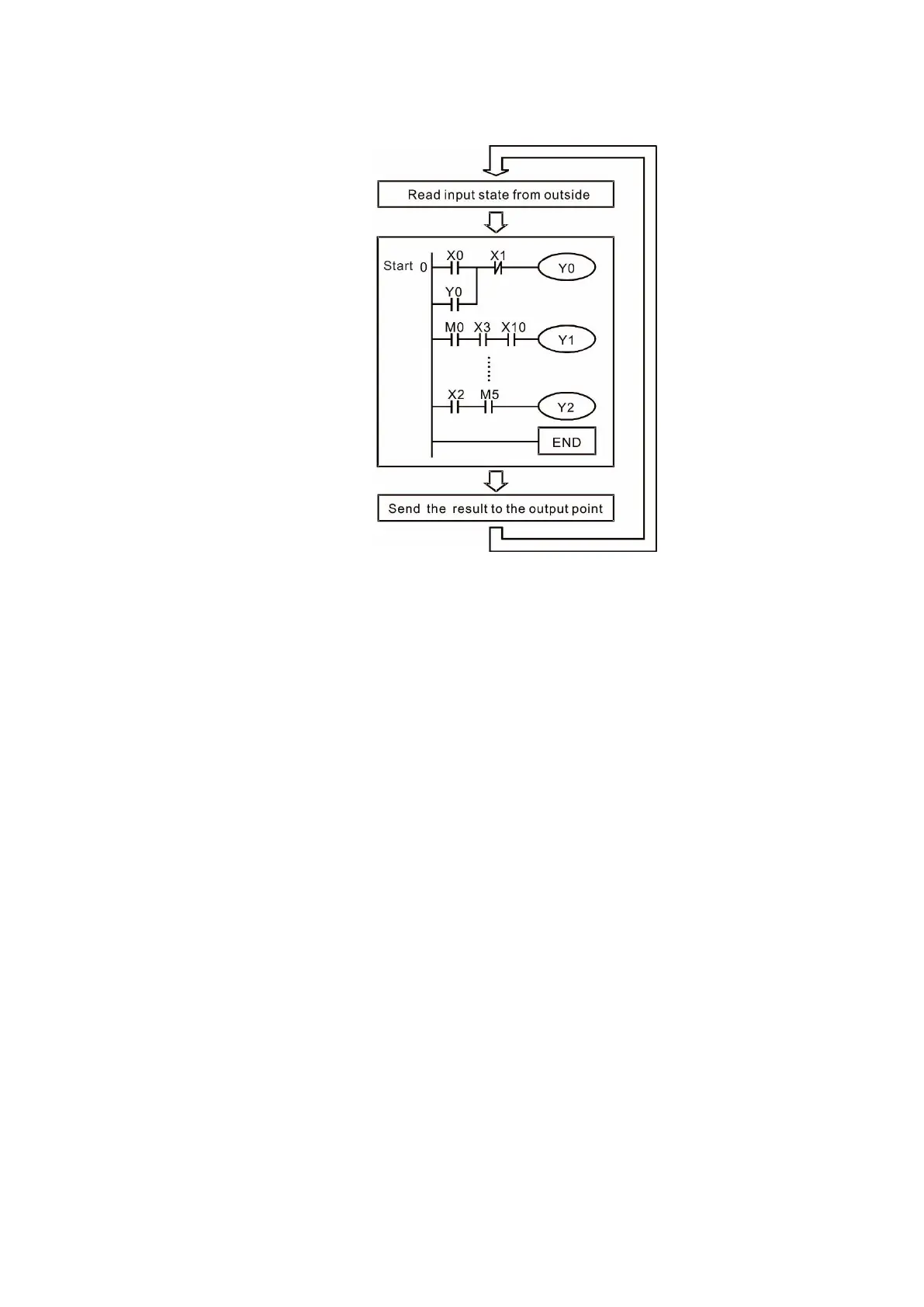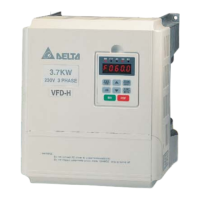16-4-2 Introduction to ladder diagrams
Ladder diagrams use a graphic language widely applied in automatic controls. They employ common
electrical control circuit symbols. After you use a ladder diagram editor to create a ladder diagram
program, the PLC program design is complete. Using a graphic format to control processes is very
intuitive and is readily accepted by personnel who are familiar with electrical control circuit technology.
Many of the basic symbols and actions in a ladder diagram mimic common electrical devices in
conventional automatic control power distribution panels, such as buttons, switches, relays, timers,
and counters.
Internal PLC devices: The types and quantities of internal PLC devices vary in different brands of
products. Although these internal devices use the same names as the conventional electrical control
circuit elements (such as relays, coils, and contacts), a PLC does not actually contain these physical
devices, and they instead correspond to basic elements in the PLC's internal memory (bits). For
instance, if a bit is 1, this may indicate that a coil is electrified; and if that bit is 0, it indicates that the
coil is not electrified. You can use a N.O. contact (Normally Open, or contact A) to directly read the
value of the corresponding bit, and use a N.C. contact (Normally Closed, or contact B) to get the
inverse of the bit’s value. Multiple relays occupy multiple bits, and eight bits comprise one byte. Two
bytes comprise one word, and two words comprise a double word. When multiple relays are
processing at the same time (as in addition/subtraction or displacement), it can use a byte, a word, or
a double word. Furthermore, a PLC contains two types of internal devices: a timer and a counter. It
not only has a coil, but can count time and numerical values. Because of this, when it is necessary to
process numerical values, these values are usually in the form of bytes, words, or double words
(internally in the PLC).
The various internal devices in a PLC use a certain amount of memory in the PLC’s storage area.
